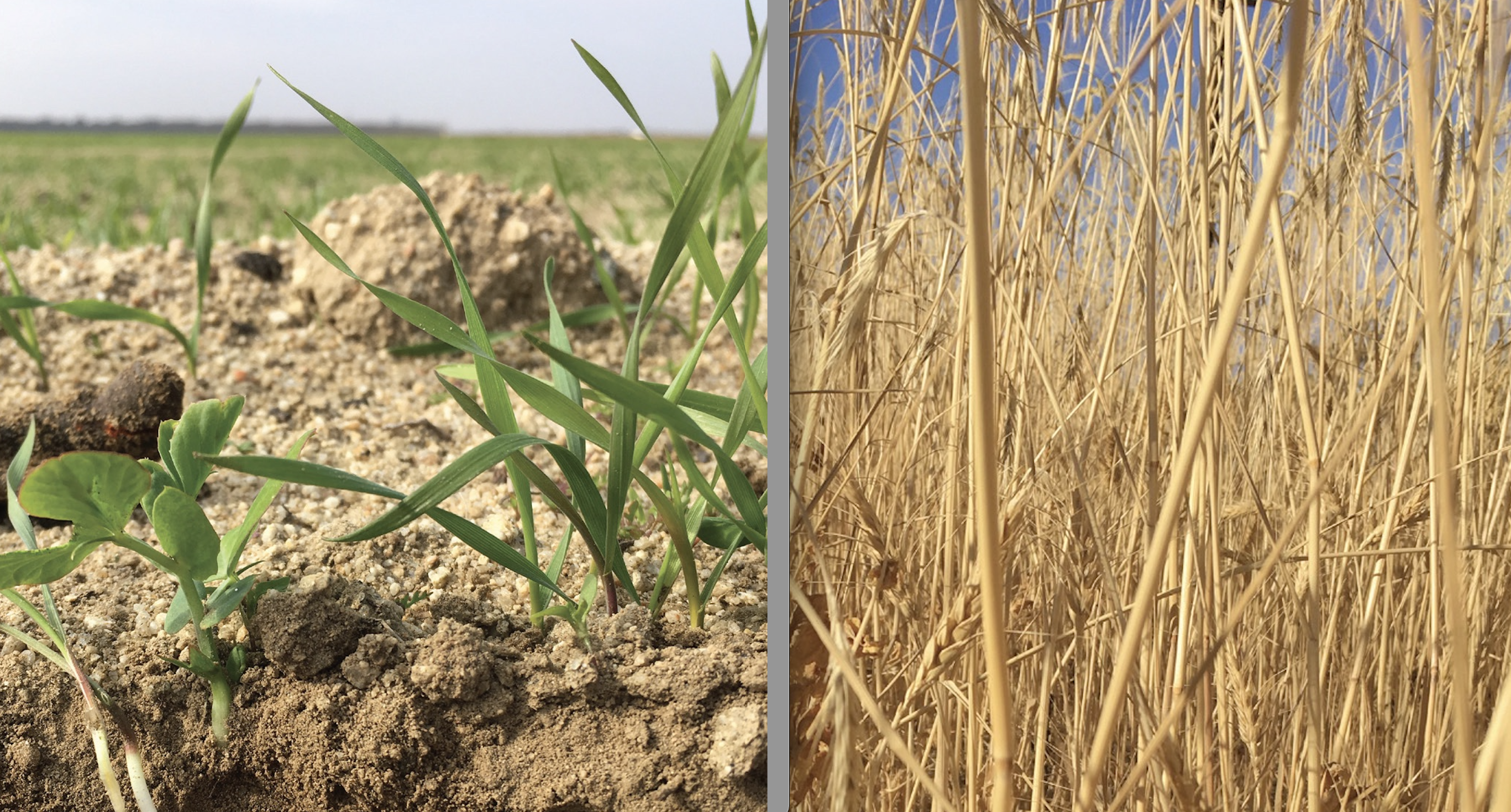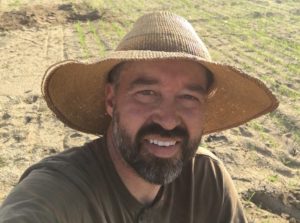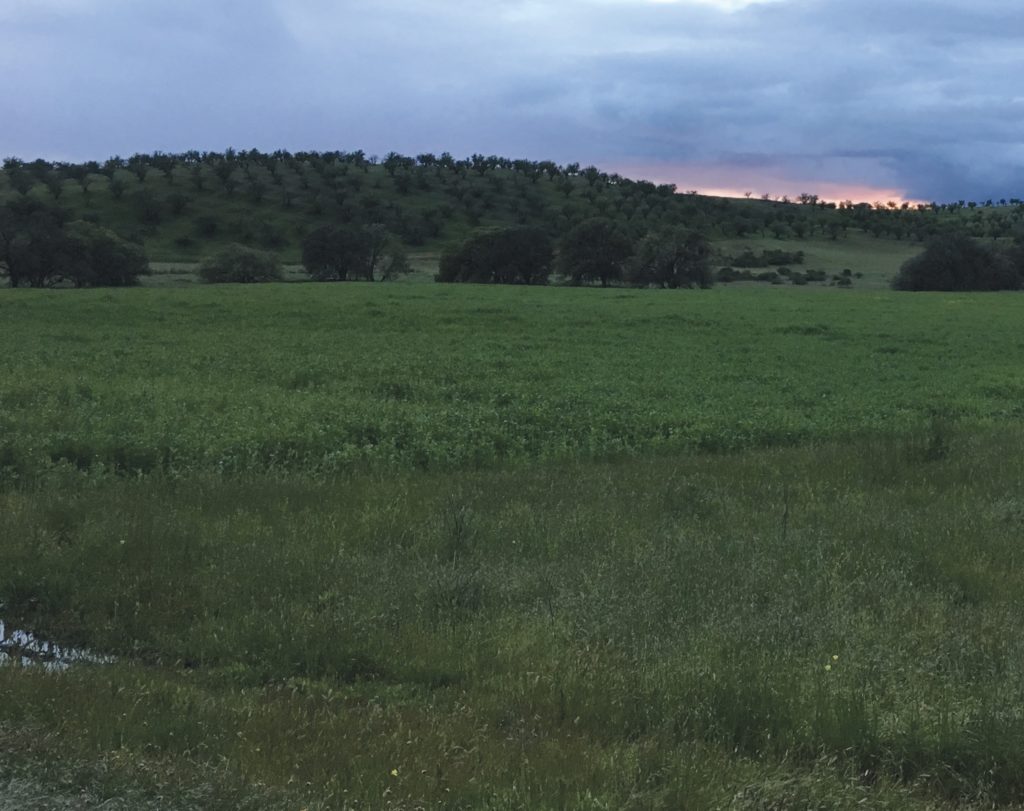
Nov 12, 2021
Farmers try poly-cropping, with more than one crop at a time
What if a farmer could grow an entire crop rotation together at one time, getting all of the benefits and all of the yield? That is the theory underpinning poly-cropping.

Poly-cropping is the practice of growing multiple species of cash crops together in the same field. For example, wheat and beans can grow together and are easily separated after harvest.
The general premise is that plant diversity facilitates the health and resilience of soil microbial ecosystems and benefits a wide range of agronomically important resources including fertility, water and nutrients, as well as pest and disease mitigation. Different types of plants also occupy a variety of complimentary spaces and roles in the field. For example, grass species have been shown to exude carbon rich sugars in the root zone and benefit from the symbiotic nitrogen fixing provided by legumes. Plants also tend to occupy divergent canopy and root zones and can thrive in higher density than a single species stand.
Cultural considerations include the following:
- Planting: Species blends are usually chosen based on seasonal weather considerations. For example, an irrigated summer blend might include things like millet, garbanzo beans and sunflower. A rainfed winter blend, on the other hand, could include mustard, canola, wheat, rye and fava beans.
- Sprays and amendments: Ideally, a poly-crop field is diverse enough to avoid serious pests and diseases and, if the proportions of pulses are well balanced, will build up adequate fertility over multiple years.
- Harvest: Flexibility and attention are prerequisites of the operator in order to adequately dehull the various seeds without cracking. Care must be taken to match the hardness of seeds (i.e., a soft pea will not easily pair with a hard small grain).
- Optionality: A crucial component of system resilience is the ability to maintain beneficial aspects under a wide variety of conditions. Planting multiple species increases the possible routes to economic viability. Some species are more drought-resistant while others can persist in high precipitation.
- Other benefits: Most crop species also serve as excellent forage for livestock. Postharvest animal integration is an easy way to increase fertility. It also means that the entire field can be grazed or baled if weather conditions do not favor seed production.
Case Study with grain by John DeRosier
John DeRosier started farming grain in 2002 on a quest to grow his own breakfast. He was freshly matriculated from Cal Poly San Luis Obispo and was looking for a way to put his degree in agrobusiness to good use.

The standard model in the area was dry-farmed grains in four-year rotation (beans, wheat, fallow, fallow). The Paso Robles area, where he set down roots, averages 6 inches of rain per year, but the reality is several years of much lower rainfall bookended by heavy El Niño events. Meteorologists rain-fed farmers developed the local rotation system in order to bank water in the ground over several years and produce a crop regardless of the rainfall in a specific year. John used heavy tillage to deter weeds that would wick away the pittance of moisture that he collected in the soil.
Heavy tillage cost John fuel, equipment wear and time. It also degrades soils, which decreases infiltration, water holding capacity and nutrient cycling, while it increases the risk of flooding, erosion and mono-species crop failure.
One day, while he was tinkering with his grain cleaner, John had an idea: what if he planted the beans and wheat together into the same field? He knew from experience that he would be able to separate them out after harvest. He also knew that his drill could plant the two seed species in the same pass. And he hoped that he knew what the result would be.
It turns out that John’s initial notion was not far off. With some tweaking of his seed cleaner and equipment purchases (he recommends a gravity table and a spiral separator) he has moved over entirely to poly-cropping and keeps a modest flock of sheep and cows to help him manage the fertility and biomass.
I caught up with John recently to ask him for some pro tips for this article. He is riding out the worst drought in California history in the shade of the towering oak trees that hem in his dirt driveway. As he walks out to greet me, I can smell the slice of freshly baked bread in his hand before I catch sight of it.
Did I mention that after conquering breakfast, he moved on to milling his own flour and baking?
“What kind of bread is it this time?” I asked, wiping the drool off the corner of my mouth.
“This?” he responds. “There are too many things in it for me to keep track.”
At top, John DeRosier’s field is in the foreground, while oak trees and dry-farmed almonds are on the horizon. Photo: Paso Robles









